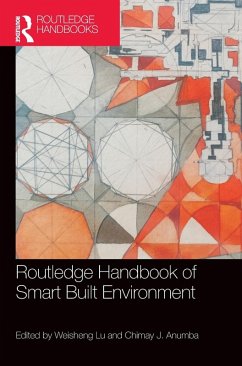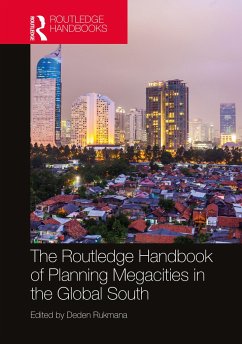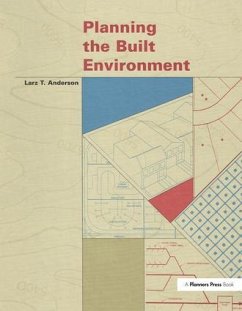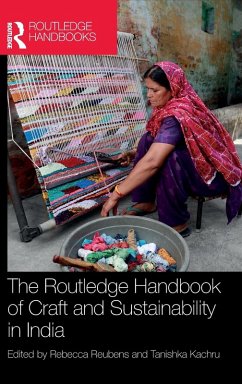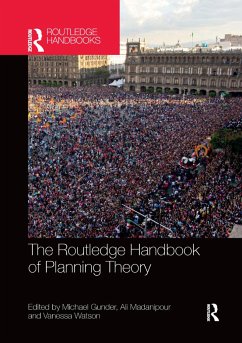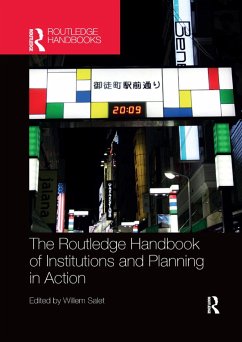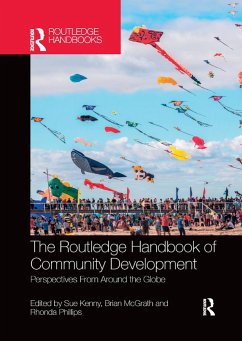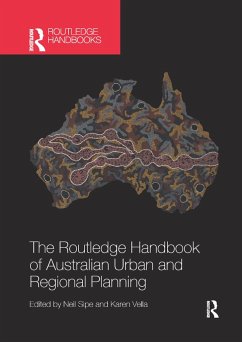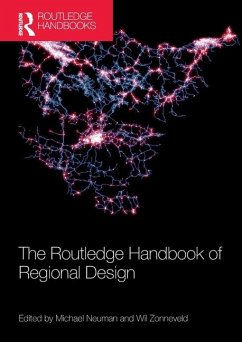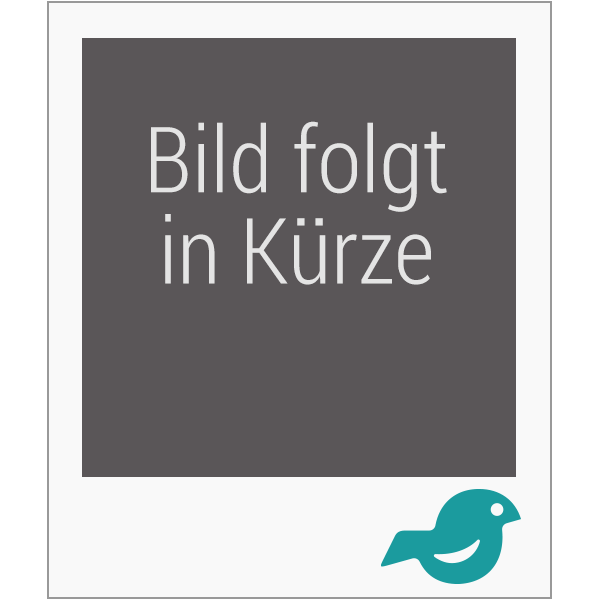
Routledge Handbook of Neuroscience and the Built Environment
Versandkostenfrei!
Versandfertig in über 4 Wochen
257,99 €
inkl. MwSt.
Weitere Ausgaben:

PAYBACK Punkte
129 °P sammeln!
According to the OECD (Organization for Economic Cooperation and Development), in the 21st century, we are living in a New Age of Biology, acknowledging the rapid development of transformative findings in the life sciences. The Routledge Handbook of Neuroscience and the Built Environment shows how these new findings impact architecture, planning, and design, changing our understanding how people respond to their surroundings, and how these environments can be optimized for human well-being. A total of 31 chapters, presented in six sections, discuss human perception, the need for connection, an...
According to the OECD (Organization for Economic Cooperation and Development), in the 21st century, we are living in a New Age of Biology, acknowledging the rapid development of transformative findings in the life sciences. The Routledge Handbook of Neuroscience and the Built Environment shows how these new findings impact architecture, planning, and design, changing our understanding how people respond to their surroundings, and how these environments can be optimized for human well-being. A total of 31 chapters, presented in six sections, discuss human perception, the need for connection, and how design impacts health and well-being, through topics such as neuroaesthetics, color, memory and place, proportion, sound, neurophenomenology, neurodiversity, biophilia, beauty, artificial intelligence, among many others. Expert international contributors look to answer key questions as follows: What do architects and designers need to know about neuroscience? How does architecture and design impact us non-consciously? Why is acknowledging the human subliminal experience important? What tools can designers use to "see" our subliminal behaviors? This volume will be important reading for the design community, whether practicing, educating, or studying, as well as policy makers and public health professionals.




